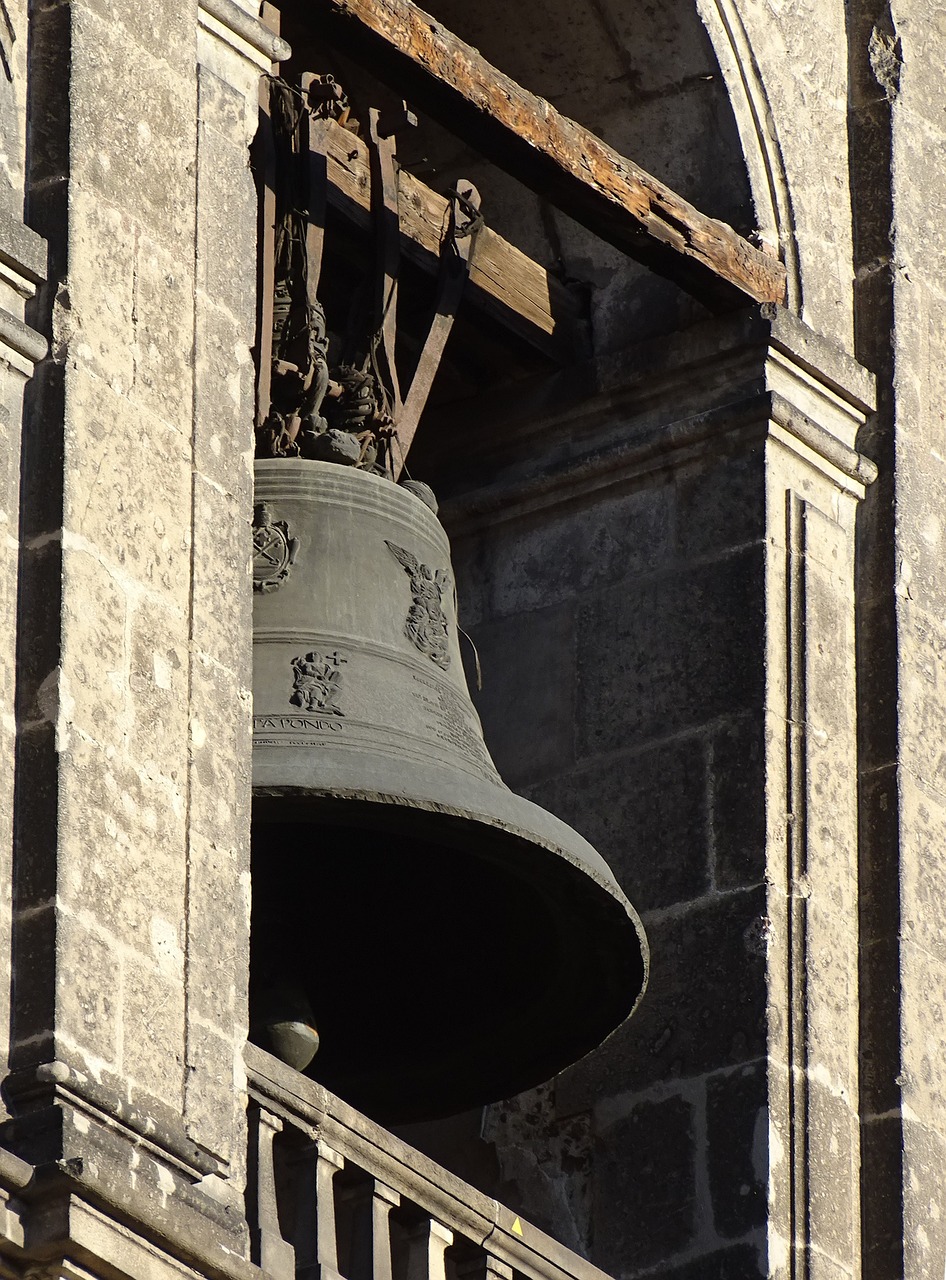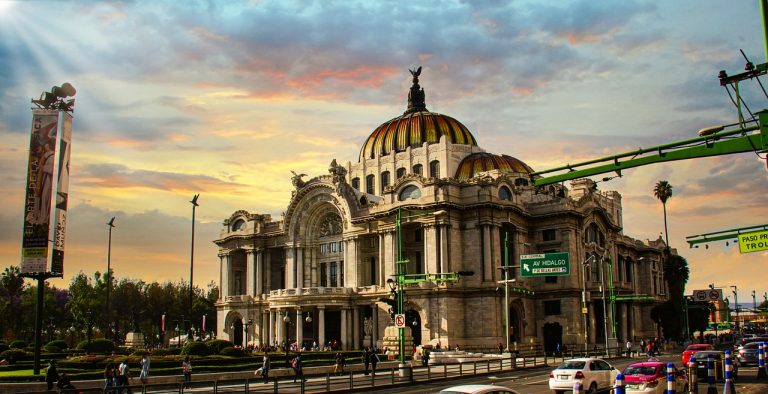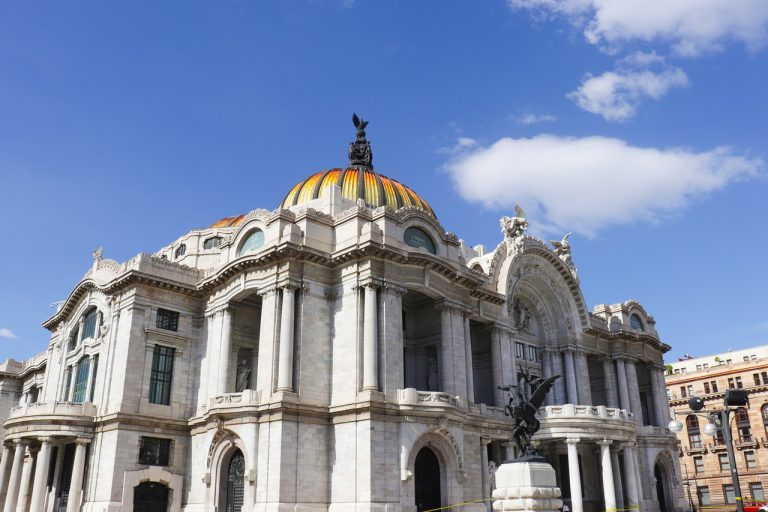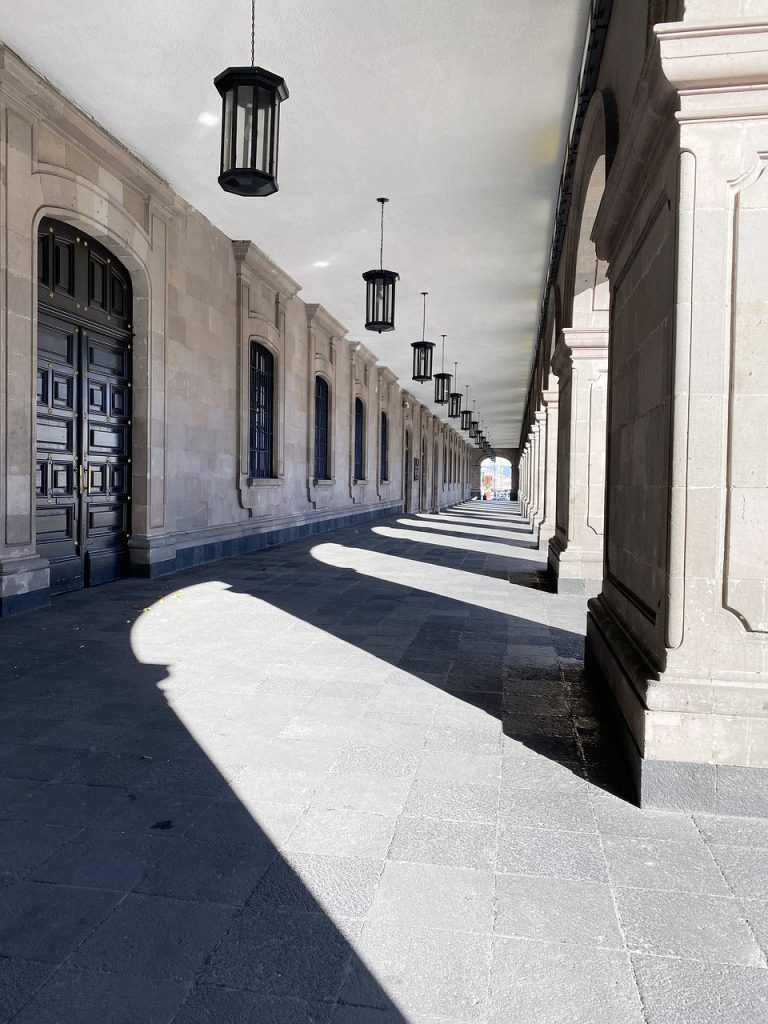Mexico City Mexico Video
Local Myths and Legends of Mexico City, Mexico
Mexico City, the capital of Mexico, is a city rich in history and culture. It is also home to a myriad of fascinating myths and legends that have been passed down through generations. These tales add an air of mystery and enchantment to the city, captivating locals and visitors alike. In this article, we will explore some of the most intriguing local myths and legends of Mexico City.
The Weeping Woman: La Llorona
- La Llorona: La Llorona, or the Weeping Woman, is a well-known legend in Mexico City. According to the story, a woman named Maria drowned her children in a fit of rage and despair after her husband left her. Overwhelmed with guilt and grief, she wanders the streets at night, weeping and searching for her lost children. Many claim to have heard her haunting cries echoing through the city.
- El Puente de San Antonio Abad: This bridge is said to be a frequent haunt of La Llorona. Legend has it that she appears near the bridge, her ghostly figure draped in a white gown, wailing for her children. Those who have encountered her describe a chilling presence and an overwhelming sense of sadness.
- The Canals of Xochimilco: Another popular location associated with La Llorona is the ancient network of canals in Xochimilco. Locals believe that her spirit can be seen gliding over the water, her plaintive cries filling the night air.

The Aztec Legend: Popocatepetl and Iztaccihuatl
- Popocatepetl: The towering volcano of Popocatepetl, located just outside Mexico City, is an integral part of Aztec mythology. According to legend, Popocatepetl was a brave warrior who fell in love with a princess named Iztaccihuatl. Before Popocatepetl could return from battle to marry her, he was falsely informed of her death. Overwhelmed with grief, he died of a broken heart. The gods transformed both Popocatepetl and Iztaccihuatl into mountains, forever frozen in their eternal embrace.
- Iztaccihuatl: The mountain named Iztaccihuatl, also known as “The Sleeping Woman,” resembles a reclining female figure. The legend says that Iztaccihuatl sleeps eternally, waiting for her beloved Popocatepetl to awaken.
- The Mountains Today: The majestic peaks of Popocatepetl and Iztaccihuatl can be seen from Mexico City on clear days. They serve as a constant reminder of this tragic love story and have become iconic symbols of Mexico.

The Cursed House: Casa de los Azulejos
- Casa de los Azulejos: Casa de los Azulejos, or the House of Tiles, is a historic building in Mexico City known for its beautiful blue and white tiles. However, it is also rumored to be cursed. Legend has it that a wealthy man built the house for his daughter, who fell in love with a poor musician. The father disapproved of their relationship and cursed the house, ensuring that anyone who lived there would suffer misfortune.
- The Curse: Over the years, the house changed hands multiple times, and tragedy seemed to follow each owner. Some claim to have seen ghostly figures within the house, while others have reported strange occurrences and unexplained phenomena.
- The Legacy: Despite the curse, Casa de los Azulejos remains an architectural gem and a popular attraction in Mexico City. Visitors can admire its stunning facade and enjoy a meal at the renowned restaurant located inside.

The Legend of the Nahuala
- The Nahuala: The Nahuala is a fearsome creature from Mexican folklore. It is said to be a shape-shifting witch that takes the form of various animals, such as a black dog or a giant owl. The Nahuala is associated with dark magic and is believed to bring misfortune and death to those who cross its path.
- The Templo Mayor: The Templo Mayor, an ancient Aztec temple located in the heart of Mexico City, is said to be a place where the Nahuala once dwelled. According to legend, sacrifices were made to appease the Nahuala and prevent its wrath from befalling the city.
- The Legacy Today: While the Nahuala is considered a legend, its presence is still felt in the folklore and traditions of Mexico City. It serves as a cautionary tale and a reminder of the ancient beliefs and practices that shaped the city’s history.
The Legend of the Cabeza de Vaca
- The Cabeza de Vaca: The Cabeza de Vaca, or Cow’s Head, is a mythological creature that haunts the streets of Mexico City. It is said to be a severed cow’s head with flaming eyes that floats through the air, terrifying those who encounter it.
- The Origins: The legend of the Cabeza de Vaca dates back to the colonial period when a wealthy landowner was accused of mistreating his workers. In retaliation, they cut off the head of one of his prized cows and cursed it, transforming it into the vengeful spirit that it is today.
- Encounters and Superstitions: Many claim to have seen the Cabeza de Vaca floating through the streets at night, emitting an eerie glow. It is believed that encountering the creature brings bad luck and misfortune.
The Legend of the Callejón del Aguacate
- The Callejón del Aguacate: The Callejón del Aguacate, or Avocado Alley, is a narrow street in Mexico City known for its mysterious and supernatural occurrences. It is said to be a hotspot for paranormal activity and is associated with various legends.
- El Sombrerón: One of the legends linked to the Callejón del Aguacate is that of El Sombrerón, a ghostly figure known for seducing and enchanting women. He is described as a man with a large hat and serenades his victims with his guitar.
- Other Mysteries: The Callejón del Aguacate is also rumored to be a place where witches gather and perform rituals. Locals believe that strange lights and sounds can be witnessed in the alley during the night, adding to its eerie reputation.
The Legend of the Templo de San Juan Bautista
- The Templo de San Juan Bautista: The Templo de San Juan Bautista, a historic church in Mexico City, has its own share of legends. One of the most famous is the story of a cursed statue that resides within the church.
- The Cursed Statue: According to the legend, the statue of a saint inside the church was cursed by a vengeful priest who was denied a position within the clergy. It is said that anyone who touches the statue will be plagued by misfortune and bad luck.
- The Haunting: Visitors claim to have witnessed strange occurrences within the church, such as flickering lights and unexplained noises. Many believe that the cursed statue is responsible for these paranormal activities.
The Legend of the Floating Island: Chinampas
- Chinampas: The chinampas are artificial islands created by the ancient Aztecs in the waters surrounding Mexico City. These floating gardens were used for agriculture and are still present today.
- Xochimilco: Xochimilco, a district in Mexico City, is famous for its chinampas and is often referred to as the “Venice of Mexico.” The legend surrounding the chinampas tells of a mythical city that once existed beneath the waters, with golden treasures and ancient secrets.
- The Hidden City: According to the legend, the chinampas conceal the entrance to this hidden city. Many have searched for it, hoping to uncover its riches, but none have succeeded.
The Legend of the Alameda Central
- Alameda Central: Alameda Central is a historic park located in the heart of Mexico City. It is known for its beautiful gardens, fountains, and statues. However, it is also said to be haunted by the spirits of the past.
- La Mulata de Córdoba: One of the most famous legends associated with Alameda Central is that of La Mulata de Córdoba, a young woman who was accused of witchcraft and burned at the stake. It is said that her ghost wanders the park, seeking revenge on those who wronged her.
- Other Apparitions: Visitors and locals claim to have seen other ghostly figures within the park, including soldiers from the Mexican Revolution and mysterious women in white.
The Legend of the Zócalo
- Zócalo: The Zócalo, also known as the Plaza de la Constitución, is the main square of Mexico City and one of the largest public squares in the world. It is steeped in history and legends.
- El Cabeza de Vaca: The Cabeza de Vaca mentioned earlier is also said to haunt the Zócalo, floating through the square and spreading fear among those who witness its apparition.
- The Aztec Templo Mayor: The Templo Mayor, an ancient Aztec temple complex, was once located at the Zócalo. It is believed that the spirits of the Aztec gods still linger in the area, adding to the mystical atmosphere.
Conclusion
Mexico City is a city of legends and myths, where ancient beliefs intertwine with modern life. From the haunting cries of La Llorona to the tragic love story of Popocatepetl and Iztaccihuatl, these tales add depth and intrigue to the city’s vibrant culture. Whether you believe in the supernatural or not, exploring the local myths and legends of Mexico City offers a fascinating glimpse into its rich history and folklore.
References
- petitpalace.co.uk
- visitmexico.com
- mexicocity.gob.mx
- ancient-origins.net
- theculturetrip.com







